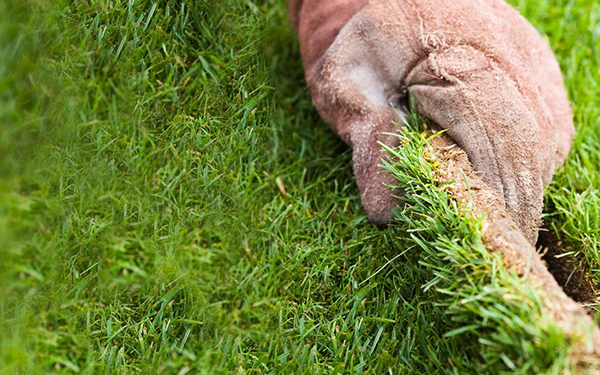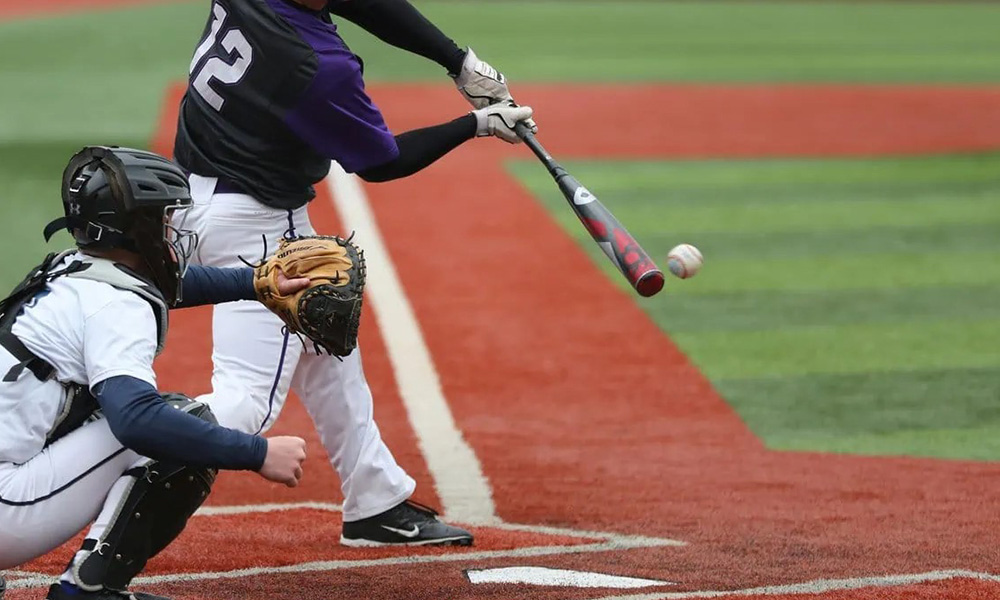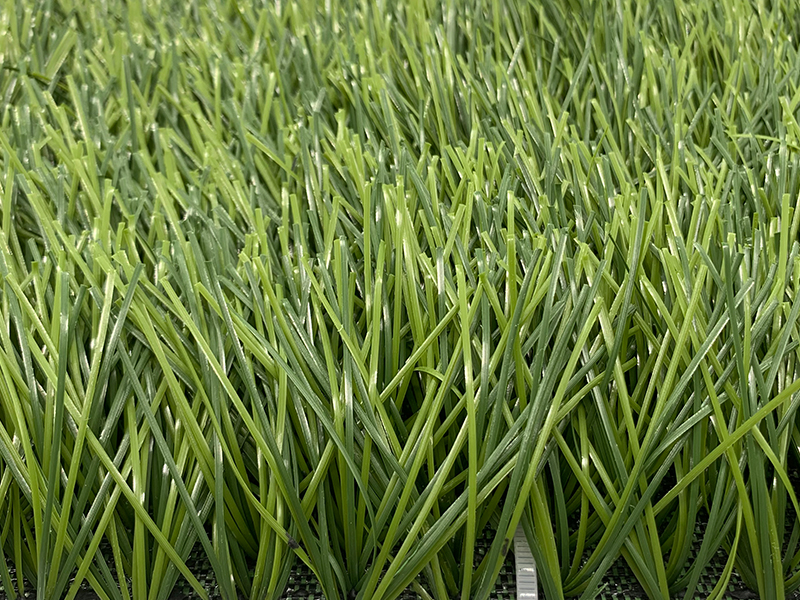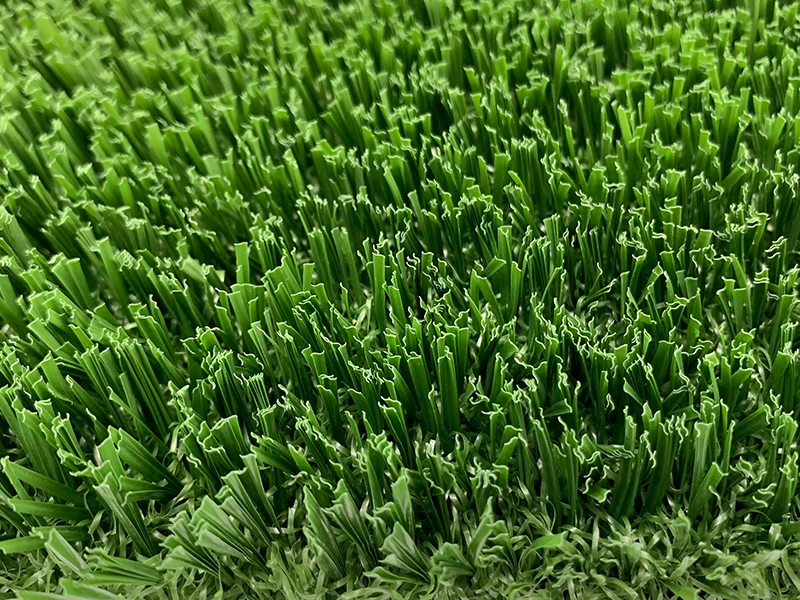Is real lawn cheaper than artificial grass?
In scenes such as gardening design, sports field construction, and residential greening, the choice between real lawn and artificial lawn often triggers discussion. Although real lawns are visually closer to nature and seem to be less expensive, from the perspective of long-term investment and maintenance, artificial lawns may be a more cost-effective option. The following is an economic cost analysis of the two from different perspectives.
Comparison of initial installation costs
The initial cost of real lawns usually seems to be low, requiring only the purchase of grass seeds or finished turf, plus a small amount of basic fertilization and irrigation systems. However, laying real lawns requires professional manual operation, soil improvement, and a long maintenance cycle, and these hidden costs are easily overlooked.
Relatively speaking, the purchase price and installation cost of artificial turf are high at one time, but the installation cycle is short, the labor cost is controllable, and there is almost no need for subsequent maintenance intervention after one installation is completed.
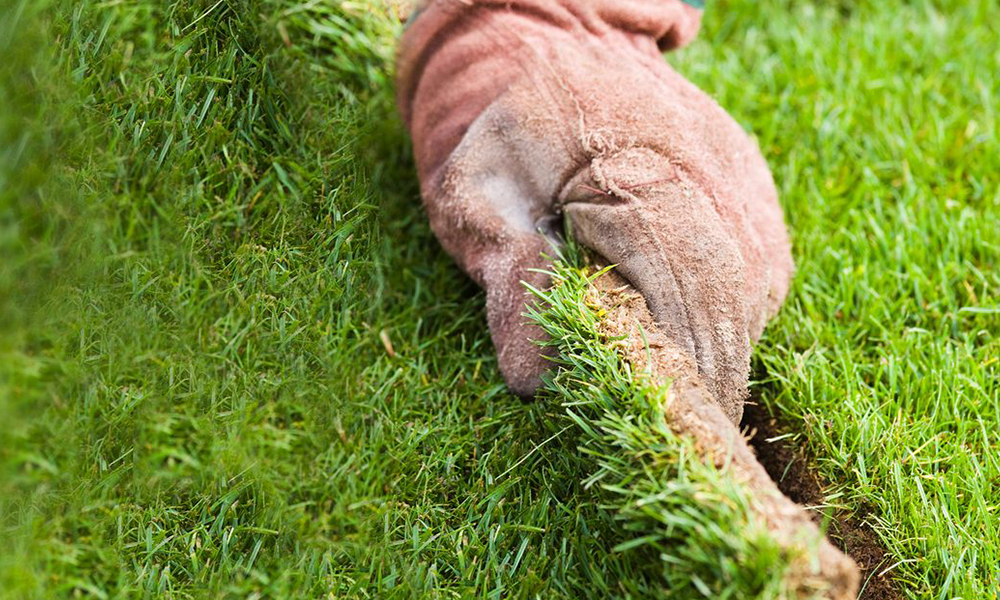
Maintenance costs and resource investment
Real lawns need to be watered, fertilized, mowed, and dewormed regularly, especially in hot or dry seasons, when water consumption increases significantly. In addition, maintenance equipment such as mowers, sprinkler systems, and chemical fertilizers also require continuous investment.
Artificial turf requires almost no watering and mowing, only regular cleaning and occasional inspection of turf joints. In terms of time and labor costs, artificial turf is obviously more worry-free and more economical.
Climate adaptability and long-term durability
The health of real turf is extremely dependent on climate, sunlight, water and soil conditions. It is easily damaged or even dead in extreme weather (such as high temperature, frost or long-term rainfall), and needs to be replanted or replaced.
High-quality artificial turf is made of weather-resistant materials and can maintain its green appearance and structural stability under various climatic conditions. The service life of high-quality products is usually 8 to 10 years or even longer.
Comprehensive cost-benefit analysis
From the perspective of the overall investment cycle, although the initial investment of artificial turf is large, due to its almost zero maintenance and long-lasting durability, it can save a lot of water, electricity, manpower and repair costs in a few years. In contrast, the annual continuous maintenance and possible replacement costs of real turf will greatly increase the total expenditure.

Environmental protection and sustainability considerations
Although real turf seems more "natural", the large amount of water resources, fertilizers and pesticides required to maintain its healthy growth also put a considerable burden on the environment. Modern artificial turf is increasingly made of environmentally friendly materials, which are recyclable, non-toxic, and more friendly to the ecological environment.
Applicable scenarios determine the choice
Residential landscape: If users are willing to invest time in gardening care, real lawns may be more attractive;
Commercial or public places: such as sports fields, schools, playgrounds, etc., artificial turf is more suitable due to its durability and low maintenance cost;
Arid or extreme climate areas: The advantages of artificial turf are more obvious.
